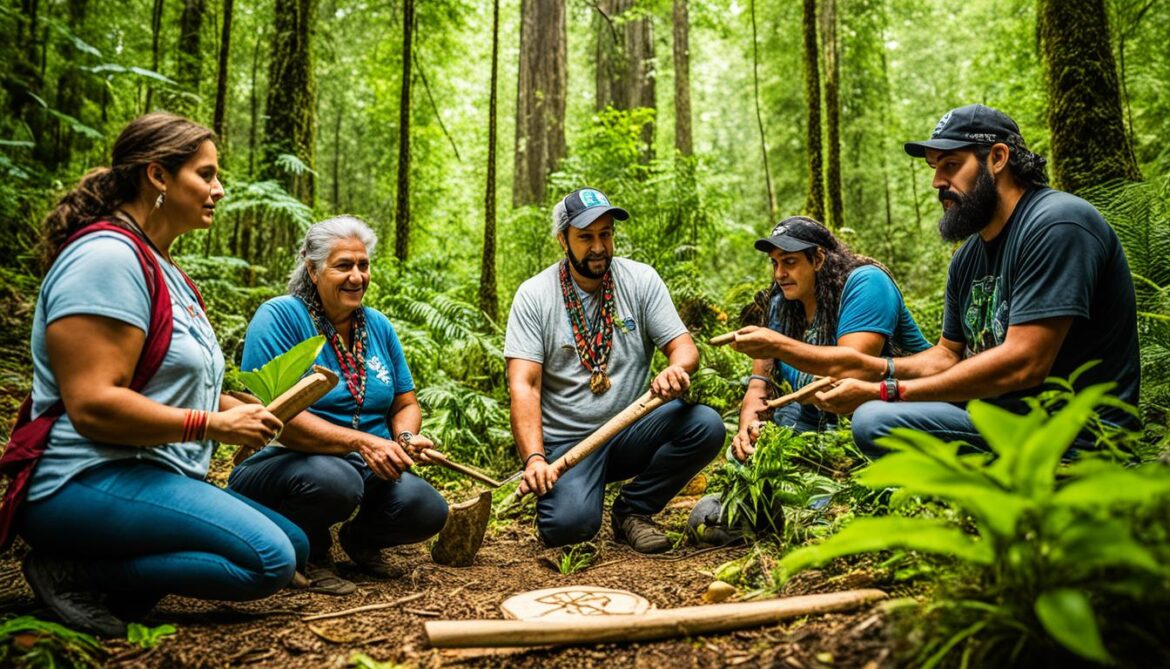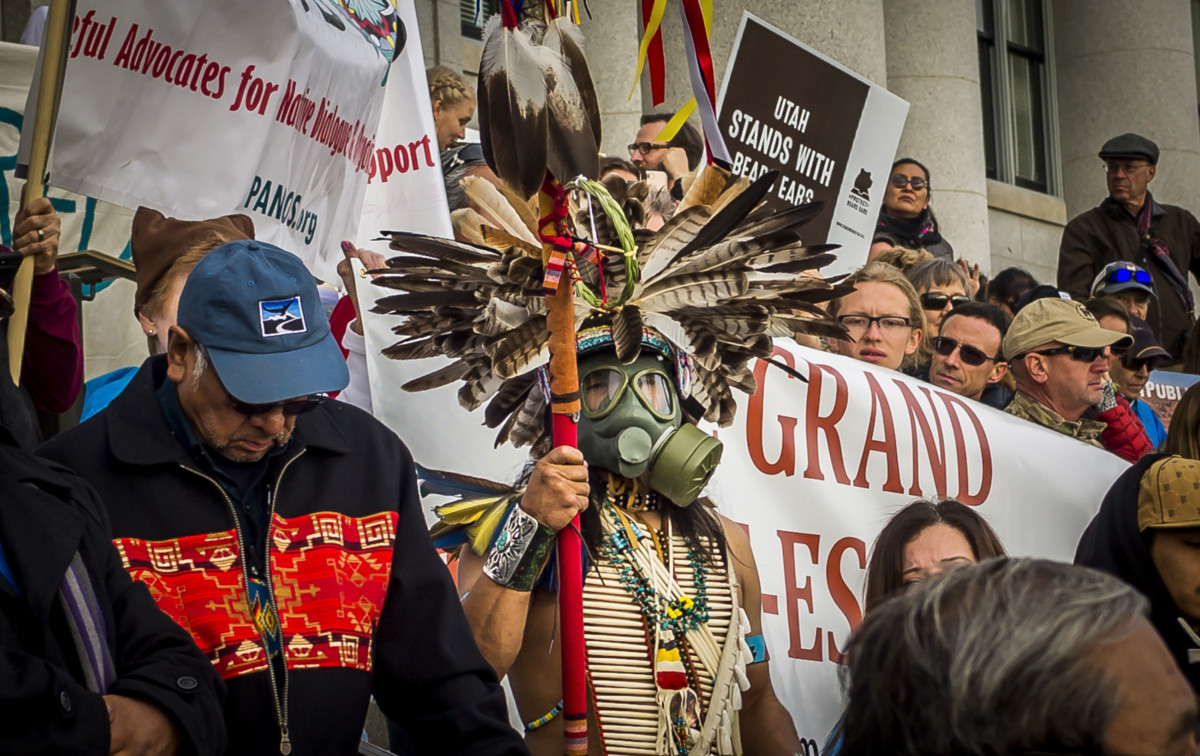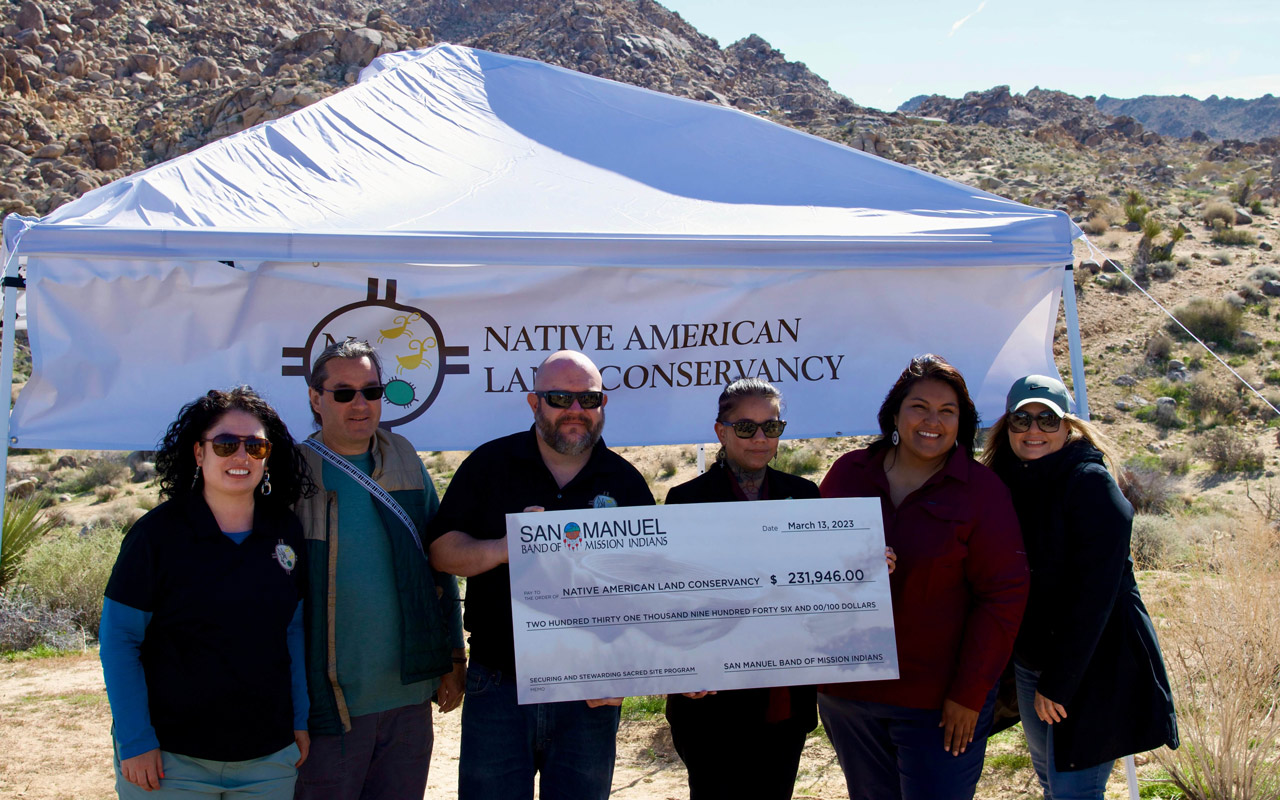
Protecting Sacred Ground: Native American Advocacy in a Modern World
In the vast and varied landscape of the United States, there exist places of profound spiritual significance to Native American peoples – sites woven into the very fabric of their identity, history, and cosmology. These are not merely historical landmarks or natural wonders; they are living churches, ancestral homes, burial grounds, and places where ceremonies have been performed for millennia. Yet, these sacred sites are under constant threat, caught in the crosshairs of resource extraction, urban development, tourism, and a legal system that often fails to recognize their inherent spiritual value. The struggle to protect them is a testament to the enduring resilience, unwavering faith, and sophisticated advocacy of Native American nations and communities.
For Indigenous peoples, sacred sites are more than just geographical locations; they are spiritual anchors, repositories of traditional ecological knowledge (TEK), and vital links to their ancestors and future generations. As Oren Lyons, Faithkeeper of the Onondaga Nation, famously stated, "Our Mother Earth is a living being. We must respect her." This respect is manifested in the intimate connection between people and place, where mountains, rivers, caves, forests, and even specific rock formations hold names, stories, and profound ceremonial importance. These sites are where creation stories unfold, where healing rites are performed, where rites of passage are observed, and where the balance of the world is maintained through prayer and ceremony.

However, this deeply spiritual connection often clashes with the dominant Western worldview that views land primarily as property or a resource to be exploited. From the moment European colonization began, Indigenous lands were systematically dispossessed, treaties were broken, and sacred sites were desecrated or destroyed in the name of "progress," Manifest Destiny, and resource acquisition. This historical legacy of forced removal and cultural suppression continues to manifest today in the ongoing threats to places like Oak Flat, the Black Hills, Bears Ears, and the Arctic National Wildlife Refuge.
The Legal Labyrinth and Its Limitations
Native American advocacy for sacred sites navigates a complex and often inadequate legal landscape. The American Indian Religious Freedom Act (AIRFA) of 1978 was intended to protect and preserve the rights of American Indians to exercise their traditional religions, including access to sacred sites. However, AIRFA is largely a policy statement, not a tool for enforcement. It does not grant Native Americans a veto over federal land management decisions, nor does it compel agencies to prioritize religious practices over other land uses. This fundamental weakness has led to countless legal battles where Indigenous spiritual practices are often pitted against powerful economic interests.
Other federal laws, such as the National Historic Preservation Act (NHPA) and the National Environmental Policy Act (NEPA), require federal agencies to consider the impact of their actions on historic properties and the environment, respectively, and to consult with tribal nations. While these acts have provided avenues for tribes to voice their concerns and gather information, they rarely offer outright protection. Consultation, tribal leaders often lament, does not equate to consent. The ultimate decision-making power remains with the federal government or corporations, who frequently prioritize economic development over Indigenous cultural and spiritual rights.
Case Studies in Resistance and Resilience
The fight to protect sacred sites is not abstract; it is fought on specific battlegrounds across the continent, each telling a unique story of struggle and determination:
-

Bears Ears National Monument, Utah: This vast, culturally rich landscape in southeastern Utah is home to tens of thousands of archaeological sites and is sacred to a coalition of five Native American tribes: the Hopi, Navajo, Ute Mountain Ute, Ute Indian Tribe of the Uintah and Ouray Reservation, and Zuni. In 2016, President Obama designated Bears Ears as a national monument, a direct result of decades of advocacy by these tribes. However, in 2017, President Trump drastically reduced its size by 85%, opening millions of acres to potential mining and drilling. The Bears Ears Inter-Tribal Coalition immediately filed suit. Their persistence, coupled with widespread public support, ultimately led to President Biden restoring the monument to its original boundaries in 2021. This case highlights the political volatility of sacred site protection and the necessity of sustained, multi-faceted advocacy. As Navajo Nation Vice President Myron Lizer stated upon the restoration, "This is a momentous occasion that underscores the importance of tribal sovereignty and our right to protect our ancestral lands."
-
Oak Flat (Chi’chil Biłdagoteel), Arizona: Located in the Tonto National Forest, Oak Flat is a sacred site to the San Carlos Apache and other Apache tribes. For generations, it has been used for coming-of-age ceremonies, spiritual gatherings, and as a burial ground. The site is currently threatened by a proposed copper mine by Resolution Copper, a joint venture of Rio Tinto and BHP. In 2014, Congress passed a land exchange bill, tucked into a defense spending bill, that would transfer Oak Flat to Resolution Copper. This move was vehemently opposed by the Apache, who argue it is a direct violation of their religious freedom and human rights. Wendsler Nosie Sr., a former chairman of the San Carlos Apache Tribe and a leading activist, has declared, "You cannot destroy our most sacred site and tell us we have religious freedom." The struggle over Oak Flat continues, representing a stark conflict between corporate interests and Indigenous religious freedom, with ongoing legal challenges and direct action protests.
-
Standing Rock Sioux Reservation, North Dakota: The proposed Dakota Access Pipeline (DAPL) in 2016 drew international attention to the fight for sacred sites and water rights. The pipeline was slated to cross under the Missouri River just upstream from the Standing Rock Sioux Reservation, threatening their primary water source and traversing ancestral burial grounds and sacred sites. Thousands of "water protectors," led by the Standing Rock Sioux Tribe, converged at the protest camps, engaging in direct action, prayer, and cultural ceremonies. This movement, while facing violent opposition, successfully garnered global solidarity and brought unprecedented attention to Indigenous sovereignty and environmental justice. Although the pipeline was ultimately completed and is operational, the legacy of Standing Rock fundamentally shifted the conversation around Indigenous rights, environmental protection, and the power of grassroots movements.
The Diverse Arsenal of Advocacy
Native American advocacy for sacred sites is a multi-pronged approach, constantly adapting to new threats and political realities:
- Legal Battles: Tribes and their allies consistently engage in litigation, challenging federal agency decisions, land exchanges, and permits that threaten sacred sites. These lawsuits often invoke environmental laws, historic preservation acts, and, crucially, religious freedom arguments.
- Political Lobbying: Tribal leaders and advocates maintain a constant presence in Washington D.C., educating members of Congress and executive branch officials about the importance of sacred sites and pushing for stronger protections and more meaningful consultation.
- Direct Action and Protest: As seen at Standing Rock, direct action, peaceful protest, and encampments are powerful tools to raise public awareness, disrupt destructive projects, and assert Indigenous presence and sovereignty on the land.
- Public Education and Awareness: Utilizing documentaries, social media campaigns, educational programs, and partnerships with environmental and interfaith groups, Native advocates strive to inform the broader public about the spiritual significance of these sites and the injustices being perpetrated.
- International Appeals: Recognizing the limitations of domestic law, many tribes turn to international human rights bodies, such as the United Nations Permanent Forum on Indigenous Issues and the UN Human Rights Committee, to highlight violations of their rights.
- Cultural Revitalization: Performing ceremonies and re-establishing traditional practices at sacred sites is, in itself, an act of advocacy. It reasserts Indigenous connection to the land and reinforces the living nature of their traditions.
- Building Coalitions: Alliances with environmental organizations, interfaith communities, academic institutions, and human rights groups amplify the message and broaden the base of support for sacred site protection.
Challenges and the Path Forward
Despite significant victories, the challenges remain immense. The imbalance of resources between powerful corporations and tribal nations, the slow pace of legal processes, and the shifting political winds continue to pose formidable obstacles. Public apathy and a lack of understanding regarding Indigenous spiritual practices also contribute to the ongoing threats.
However, there is also a growing sense of hope. Increased public awareness, spurred by movements like Standing Rock, has led to greater scrutiny of projects that impact Indigenous lands. The recognition of traditional ecological knowledge (TEK) as a valuable scientific and management framework is gaining traction, potentially leading to better land management decisions. Younger generations of Native Americans are stepping forward, armed with legal degrees, media savvy, and an unwavering commitment to their heritage. International support for Indigenous rights is also strengthening.
The fight to protect sacred sites is fundamentally a fight for cultural survival, environmental justice, and human rights. It calls for a fundamental shift in perspective – away from viewing land merely as property or resource, and towards understanding its profound spiritual and ecological interconnectedness. As Indigenous voices continue to rise, demanding respect for their ancestral lands and traditions, the world is slowly beginning to listen. The future of these sacred places, and indeed the spiritual well-being of the nations tied to them, hinges on the continued, tireless advocacy of Native American peoples. Their enduring commitment reminds us that some things are more valuable than gold or oil; they are the very essence of identity, spirit, and life itself.


